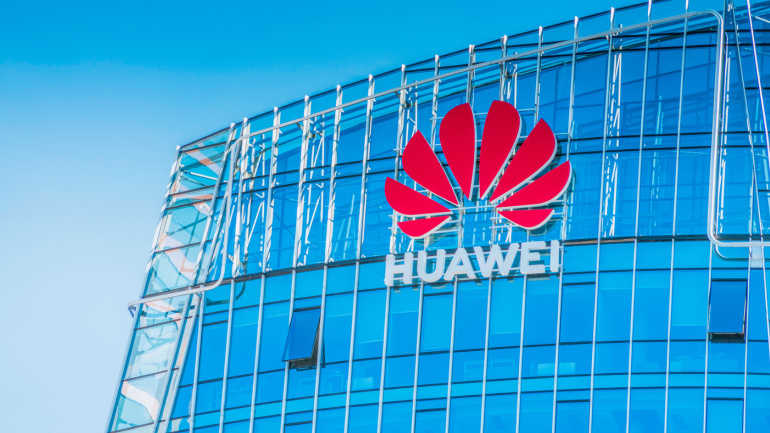Deutsche Telekom has made a significant stride in mobile telecommunications, achieving 12 gigabits per second in field tests using 6GHz frequencies – quite a leap from the current 5G network speeds. The German telecom giant credits this achievement to merging two data streams from different frequency antennas, a method they suggest may become standard for these bands. However, before this breakthrough can materialize, it’ll go under scrutiny during the upcoming ITU World Radiocommunications Conference.
Explore the ‘Connected Nations’ report showcasing a promising surge in “Full Fibre” reach across the UK, now covering 52%. However, a static picture emerges for “superfast broadband” stuck at 97%, while Gigabit broadband registers a rise, and changes in 3G usage towards obsolescence are also highlighted. Further, discussions on smart devices over-harvesting consumer data and potential changes in the nation’s broadband landscape spark curiosity.
Google Chrome’s desktop version is set for a Material You design update. Apple hints at traditional smart glasses development through a recent patent, complementing their Vision Pro headset. Verizon introduces a versatile Mobile Onsite Network-as-a-Service for enterprises, offering private networks, edge compute, SD-Wan, and satellite connectivity. Meanwhile, Google unveils its Pixel 8 series and teases the Pixel Watch 2 ahead of an October 4th launch event.
VMO2, a leading UK telecom company, is saying goodbye to 3G services by 2025, focusing on the advancement of 4G and 5G capacities. Though this marks the end of an era, it opens doors for superior technology and remarkable energy efficiencies. What does this imply for consumers and the future of mobile connectivity? Let’s explore.
As the world navigates towards an AI-integrated future, the call for reliable connectivity has amplified. The UK’s telecom market, a beacon of global standing, is pivoting towards this demand. Its thrust for seamless connectivity is stimulated by the push for efficient network management and shared infrastructure. Spearheading this transformation is the UK’s transition to fibre optics, aided by the strategic decision to sunset the Public Switched Telephone Network by 2025.
In a collaboration with Bloomberg, Canadian company TechInsights racks the Huawei Mate 60 Pro under scrutiny, examining whether the covertly launched flagship phone can surpass the considerable limitations imposed on it by the US government.
Infovista is set to revolutionize telecoms with their Ativa™ Suite. Promising to reduce fixed voice blackouts and service disruptions, an impressive aspect of the tech is that it could potentially reduce solution times for CSPs by 66%. This major step towards automation could transform customer relations. While on the other side, milestones such as Ericsson and TDC NET launching Denmark’s first 5G Standalone network, Vodafone initiating the UK’s largest Open RAN rollout, and Vodacom and Eskom venturing into virtual power wheeling, signal a fast-paced evolution of global telecommunications.
EdgeCore Digital Infrastructure has partnered with Zayo to enhance connectivity at its Santa Clara data center. Meanwhile, a US-led operation dismantled the Qakbot malware network, preventing further infections and seizing $8.6 million in cryptocurrency. Global roaming fraud is projected to cost $8 billion by 2028. KDDI and SpaceX plan to launch satellite-to-cellular services in Japan by 2024, bridging connectivity gaps in remote areas beyond 5G and 4G coverage.
In a recent announcement, Verizon is set to launch its latest cellphone plan, the Unlimited Ultimate, priced at $90 per month. This development follows the earlier introduction of Verizon’s myPlan lineup. The Unlimited Ultimate plan boasts an array of enhanced features, making it a compelling choice for consumers.
CityFibre’s full fibre network in the UK now reaches 3 million premises, a rapid expansion when considering it connected 2 million just a year earlier. Recent key milestones include securing wayleave permissions and financial support totalling nearly half a billion pounds. Technological strides include the market launch of its XGS-PON service offering potential speeds up to 10Gbps. As these advancements continue to transform broadband, stay tuned for updates.













